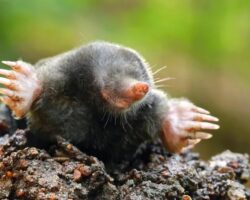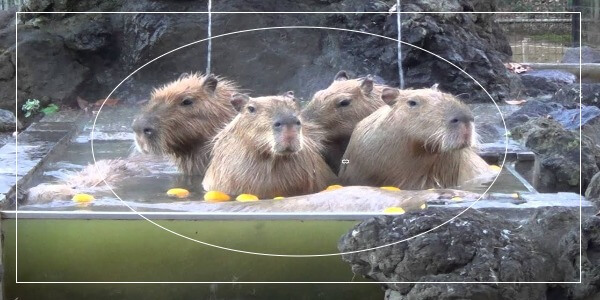There are varieties of rodents in different parts of the world. They are found in several habitats, including deserts, grasslands, savannas, as well as human environments.
Rodents are one of the most common animals to find on the planet. These animals are members of the Rodential order and they are known by the incisors located at their lower and upper jaws.
They are also known for their short limbs and their sharp, continuously growing teeth that they use to chew and gnaw food. There is a space between the incisors and molars called “diastema” that helps rodents gnaw different objects.
Mammals like mice, prairie dogs, guinea pigs, capybara, squirrels, rats, and mice fall under the category of rodents. Rodents are known to be destructive animals and are considered pests because they can damage property, destroy stored food items, spread diseases, and cause havoc in the home.
With thousands of small animals on the planet, it could be difficult to tell which of them are rodents. Have you ever thought that rodents are mammals or vermin? Well. you are in the right place.
Rodents are mammals. That’s not all. This article will provide you with everything you need to know about these small mammals.
What Are Mammals?

Mammals have unique characteristics that distinguish them from other creatures. For you to know what mammals are, you must start by recognizing the features and traits they possess.
Generally, mammals are believed to have descended from reptiles from centuries ago. However, humans are also mammals and do not share traits with crocodiles and other reptiles. While reptiles are cold-blooded, all members of the Mammalia class are warm-blooded.
Mammals belong to the Kingdom Animalia and are grouped under the class Mammalia. Virtually all mammals are vertebrates, meaning they have a spinal column that directs neurological information and sends signals from their brain to other parts of their body.
Mammals are one of the most common creatures on earth. Humans, rodents, and animals such as moles, capybaras, guinea pigs, leopards, and rats are mammals. Another popular characteristic of mammals is that they can grow hair and they feed their young from their body. Young mammals feed on milk from their mothers’ bodies. In other words, mammals can nurse and feed their young themselves.
What Are Rodents?

Rodents like all mammals are warm-blooded. They have one feature in common – they have unique teeth. The mouth of the rodent features two incisors in both the upper and lower jaw.
There is a huge gap separating the incisors from the molars. Rodents have powerful, continually growing teeth that are effective for gnawing and chewing different materials.

Rodents do not have canine teeth nor do they have enamel on their incisors. Rodents are herbivores, and they do not have canine teeth for tearing and ripping objects. However, their sharp teeth can cut deep and leave holes in any object they gnaw.
Their sharp teeth are effective as canine teeth. Their pair of sharp incisors can be used for ripping various materials, burrowing, and cutting down grasses.
As herbivores, rodents rely on vegetables and plants to feed. Most rodents feed on grasses, aquatic plants, leaves, fruits, seeds, tree bark, and vegetables. Rodents need to chew and gnaw on different objects, including plants to keep their teeth from growing beyond their mouth capacity.
They have a pouch called “caecum,” which contains a bacteria that helps break down the cellulose of tough plants and grasses. The physiology, lifestyle, and traits of the rodent differentiate them from other small animals in the wild.
Rodents are not endangered but are prey to several animals in the wild. Mammalian predators such as ocelots, pumas, leopards, and jaguars, as well as caimans, snakes, birds, and other predators can prey on rodents.
While rodents are prey in their habitat, they employ several defensive mechanisms to protect themselves from predators. They can use vocalizations and sounds to communicate to themselves when there is a predator around.
Breeding is another way for rodents to maintain their population. Rodents are known to breed often. On average, a female mouse can give birth to over 50 babies in a calendar year. The frequent breeding of most rodents has prevented them from becoming extinct.
Types of Rodents
All rodents belong to an order known as “Rodentia.” There are more than 2,000 rodent species in the world, making it the largest order of mammals in the planet.
Each rodent in the Rodentia order belongs to a specific family. Rodents are grouped into families based on their traits and features. This taxonomic system makes it easier to identify them and other species in their families.
There are over 30 families in the Rodentia order but here are some of the most important ones you should know.
1. Caviidae
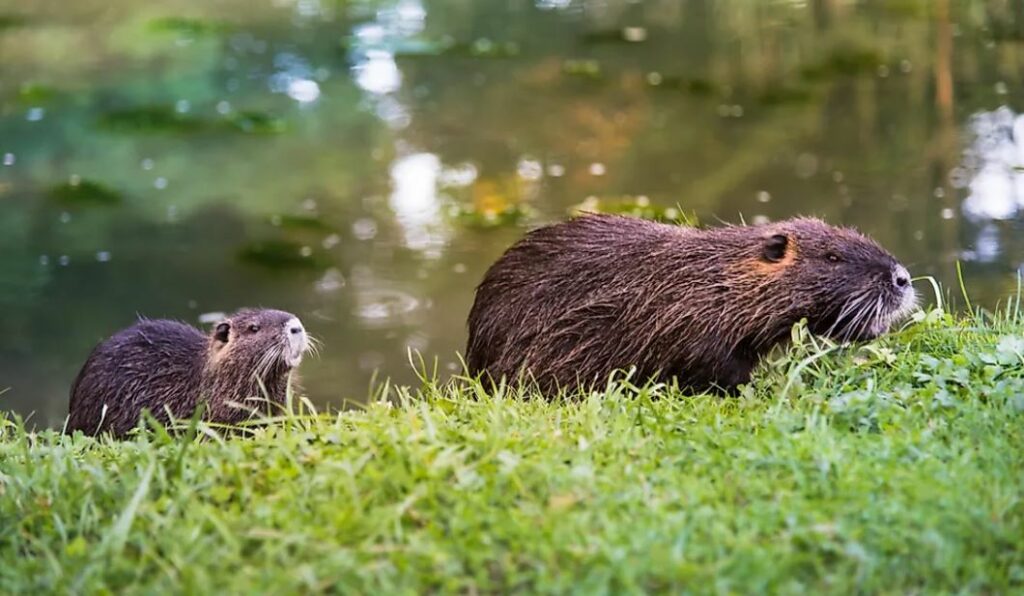
Also known as Cavy family, Caviidae consists of rodents from South America such as capybaras and the domestic guinea pig.
This family has fewer members than other rodents as it features only 19 species in 6 genera in 3 subfamilies. Members of this family are herbivores and can eat soft leaves and tough plants.
2. Castoridae
The European and American beavers are the only existing members of the Castoridae family. They provide multiple benefits to the environment as they use their sharp incisors to feed on trees, which also serve as materials for their dams.
3. Erethizontidae
Virtually all Erethizontidae members come from the Americas. Their most common feature is the painful spine that lines their bodies.
Porcupines are one of the popular members of this family. Their bodies come with defensive systems that shield them from predators. Another family of porcupines is the Hystricomorpha, which is prevalent in Africa, Europe, and Asia.
4. Heteromyidae
All members of this family have cheek pockets that they use to carry and store food. This pocket is beneficial as it helps them carry and keep meals for long periods.
Many members of the Heteromyidae family construct burrows to hide from predators. Also, the kangaroo rat has extended legs that enable it to hop across long distances.
5. Sciuridae
Sciurdiae is home to over 273 rodent species, including tree and ground squirrels. This family is one of the largest rodent species in the world. They occupy different habitats on every continent and region except Australia.
Most squirrels belong to this family. Depending on the type of species, a squirrel can live in burrows underground or in the hollow of a tree.
6. Muridae
With more than 1,300 species, Muridae is the largest rodent family in the world. This also makes them the biggest family in the animal kingdom.
Animals in this kingdom have excellent senses of hearing and smell and can live in various environments. Common rodents in this family are mice, rats, and gerbils.
Are Rodents Mammals?

Mammals in general are categorized into 19 different orders but the Rodentia order is the largest. The Rodentia order consists of over 2,000 different rodent species.
Rodents are generally mammals. While mammals are known to give birth to your young ones alive, mammals like the duck-billed platypus and echidna don’t.
Rodents have live births. Fertilization takes place after copulation and embryo development starts. They give birth to fully grown pups, which can either be altricial (meaning they can be hairless, blind, or underdeveloped) or precocial (covered in fur, having functioning eyes, and well-developed to a certain point).
Also, their pups and young ones are fed with milk from their mothers’ mammary glands. Female rodents have well-developed mammary glands that produce milk after the birth of their pups, in response to prolactin hormones. Rodents like capybaras, mice, and rats feed their pups with milk.
Mammals are known to have hair on fur on their bodies. Rodents have fur on most parts of their body, including their tail.
Another mammalian characteristic of rodents is that they are warm-blooded. As Endothermic animals, rodents can regulate their internal body temperature.
Unlike exothermic animals such as amphibians and reptiles, rodents do not necessarily need to depend on the external environment to regulate their body temperature. For rodents, body regulation and heat can be achieved through blood flow and metabolism.
Characteristics Of Rodents
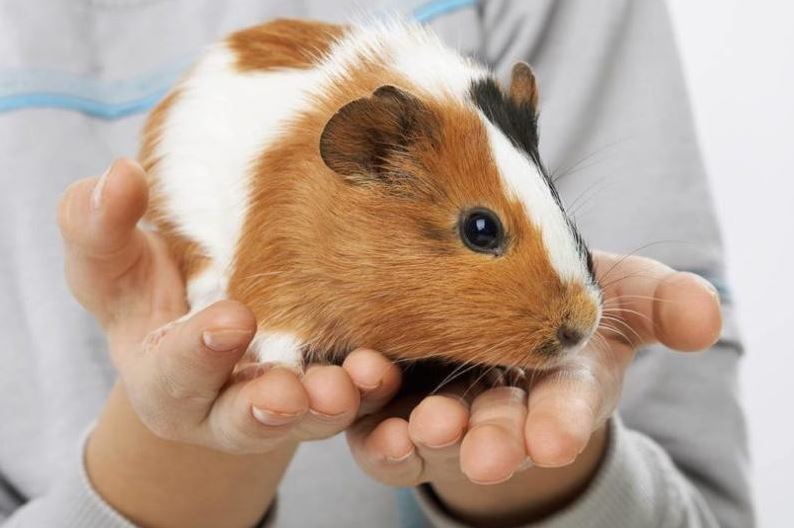
Rodents tend to have short limbs and squat bodies. They also have excellent sense of smell, eyesight, and hearing. However, the most prominent characteristic of rodents is their ever-growing sharp incisors in their mouths.
These incisors grow throughout their lifetime, so to prevent these incisors from overgrowing their mouth and piercing their skull, rodents must gnaw and chew several objects.
Rodents can also maintain teeth growth by grinding their lower and upper incisors against each other. Doing this creates a chisel-like shape.
Many rodents have up to 22 teeth in their mouth but they lack premolars and canine teeth. Rodent’s molars are large and ridged, which helps the animal grind and break down food materials into smaller particles. Canine teeth are prevalent in carnivores but many rodents are herbivores.
The largest rodent is the capybara, which can weigh as much as 150 pounds. Most rodents weigh less than 3.5 ounces and are classified as small animals but the capybara can be as big as a dog. The smallest rodent is the Baluchistan pygmy jerboa, which weighs around 0.132 ounces and measures at 1.7 inches.
In conclusion, all members of the Rodentia family are mammals and exhibit mammalian traits.

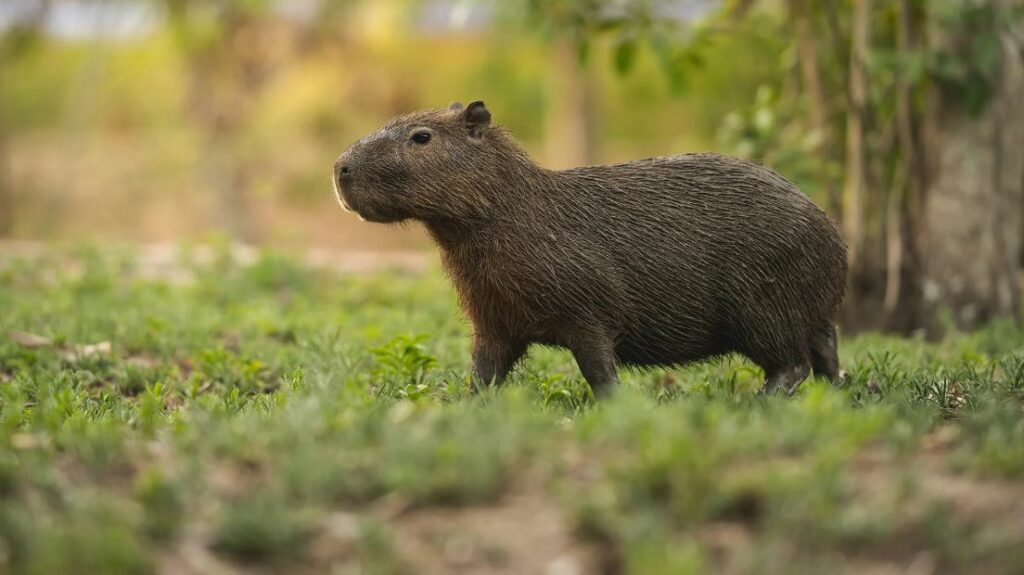
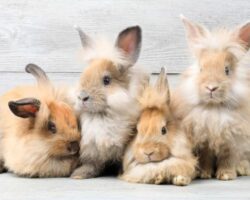



![Capybara Meat And Its Culinary Uses - [Every You Should Know] Capybara Meat & Culinary Uses](https://capybaratips.com/wp-content/uploads/2023/03/Capybara-meat-250x200.webp)
